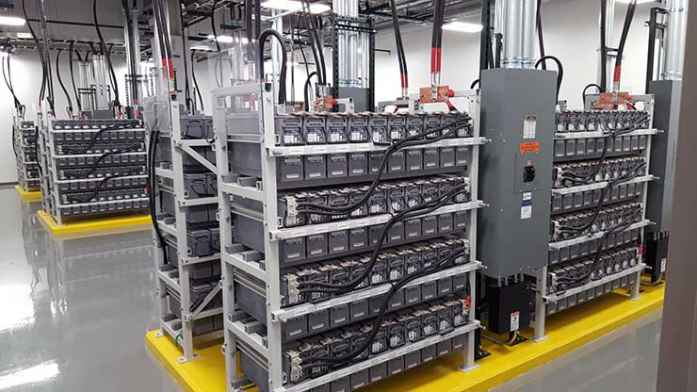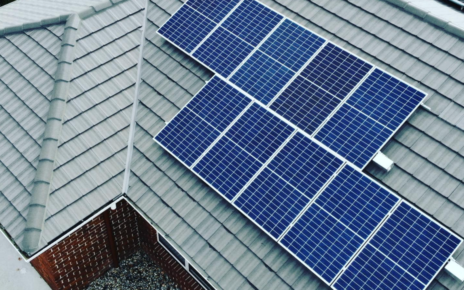Automotive Battery or Stationary Battery
To understand what stationary batteries are, the simplest way to explain them is to compare them to an automotive battery. Everyone must have been through the situation of not being able to start the car after a long time without using it, right? This is because the car battery was created to be in constant motion, unlike the stationary battery and hence the name stationary.
Automotive batteries have the purpose of generating a large amount of energy in a short period of time, being the time to start the car and this to take the engine out of inertia. For this reason, automotive batteries or also known as lead-acid batteries use approximately 10% of their total nominal charge while the rest serves as a security to the need for the overload that the car engine needs to get out of inertia and for use electrical if the car is turned off.
One of the losses of this type of battery is the possibility of generating toxic gases due to internal chemical reactions and this is one of the reasons that the use of this type of battery for no breaks for example is not indicated.
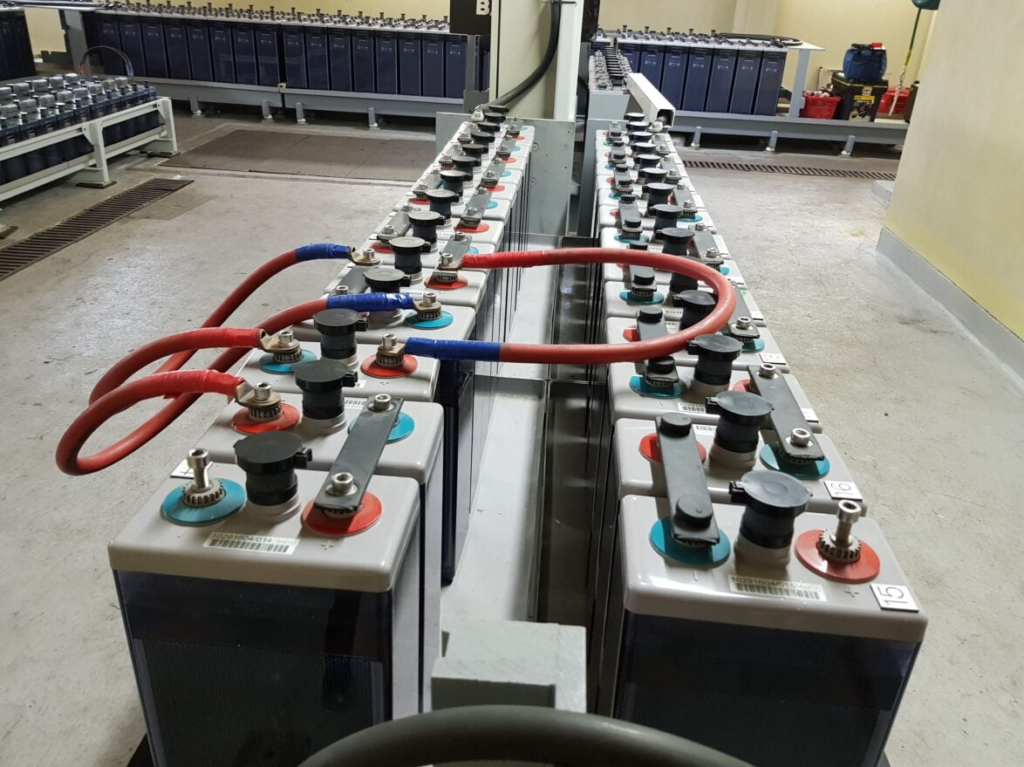
Finally, the chemical functioning of automobile batteries is composed of two basic components: water and sulfuric acid, the 2 liquids have different densities, but they need to be mixed. When the car is stopped, little by little, the liquids separate, the water rises, the acid part goes down and comes into contact with the battery components, which causes the battery to gradually deteriorate. This generates a much shorter lifetime.
Stationary Battery
Unlike the automotive battery that needs to be in constant motion so that the water-acid mixture doesn’t separate, stationary batteries were made precisely to keep them stationary. They can be of two types: VRLA or AGM. In AGM-type Stationary Batteries (Absorbent Glass Mat) the components (acid solution) are trapped between microfiber glass mats. Thus, the components will not cause problems for the battery and it can be stuck inside shelves, towers, and other places. A big advantage of AGM Stationary Batteries is that as the acid solution is trapped between the glass microfiber plates, it is possible to use them in different positions without worrying about leakage.
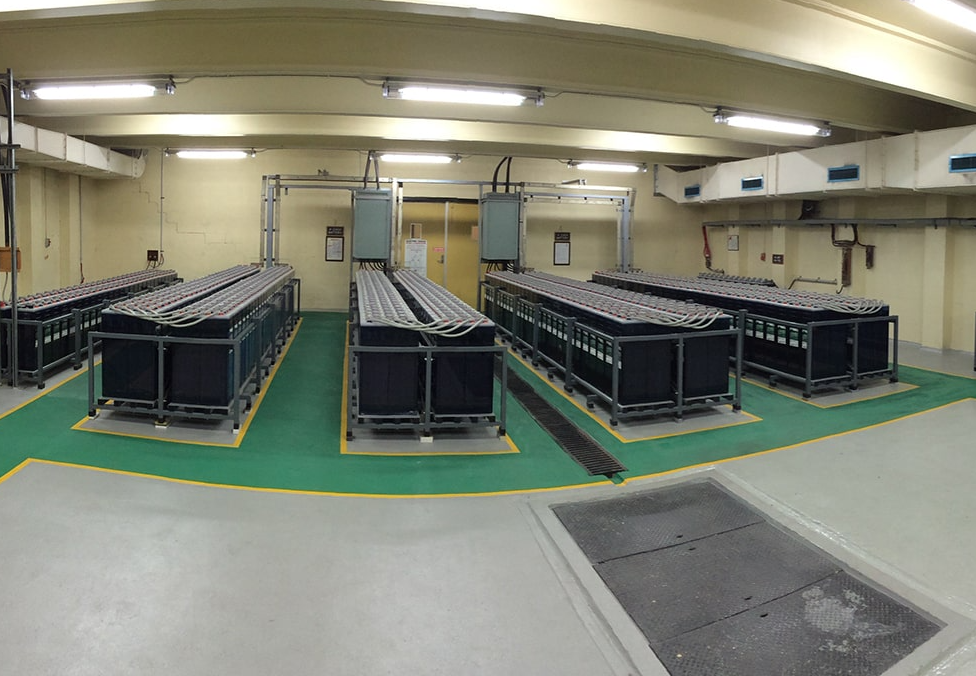
VRLA stationary batteries (Valve-Regulated Lead-Acid) are also known as sealed batteries. The advantage of this type of battery is that it does not release residues, the gases released by the reactions are reused by the battery and it keeps the battery operating normally and makes its use safer, especially for domestic applications.
Under load, Stationary Batteries have a voltage control in both stationary and active mode greater than automotive batteries and as they do not need an energy reserve to take a car engine out of inertia, consumption can be higher than automotive batteries.
Because they are built with materials that are nobler than others, stationary batteries are less likely to leak, oxidize or explode. Lead has thicker layers, ranging from 95 to 99% pure, and has filters that make the only residue hydrogen, which is not harmful to people and the environment.
Operating Temperature
When purchasing a product that uses stationary batteries, you will find in the instruction manual or in the technical data the ideal operating temperature, which is normally 25°C. It is normal for a battery operating at the right operating temperature to last the amount of time indicated on the battery.
Now, every 10 degrees above the ideal temperature, battery life is cut in half. But when the battery is 10 degrees below operating temperature, its lifespan can double! Of course, there are other factors such as battery cycles and depth of charge as well as types and brands of these products. However, maintaining a controlled environment, using air conditioning in the rooms where equipment with stationary batteries is located, will ensure a much longer life for them. Thus, batteries designed to last 5 years can last 10 or 15.
When to use a stationary battery or an automotive battery?
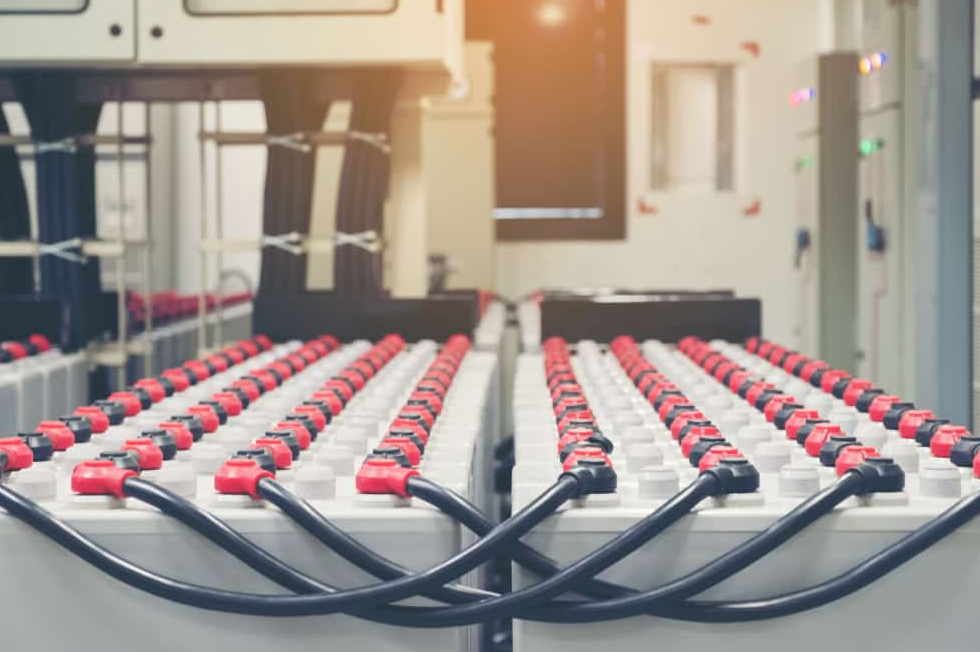
One of the most important differences between the two types of batteries is the amount of energy they are able to release. Automotive batteries are designed to release a large amount of charge upon ignition to start the vehicle. Stationary batteries, on the other hand, are built so that they receive a constant charge and release energy little by little, therefore, no breaks are not recommended for equipment that uses an engine, as these batteries cannot withstand the large acquisition of energy needed in that short period of time to cause that engine to move.
So, whenever a piece of equipment needs to be constantly charged, use a stationary battery. If you need a lot of energy in starting to start engines, the automotive battery is more suitable. But always remember that automotive batteries cannot be kept indoors with people because of their toxic gases.
Also, when using automotive batteries, you will use much more than the 10% indicated for use in automotive batteries. Thus, a battery designed to last about 5 years will last less than 1 year, due to the constant charging and discharging it will undergo. In the medium term, a stationary battery is much more advantageous. Because despite costing twice as much, it can last from 5 to 10 times longer than a car battery.


